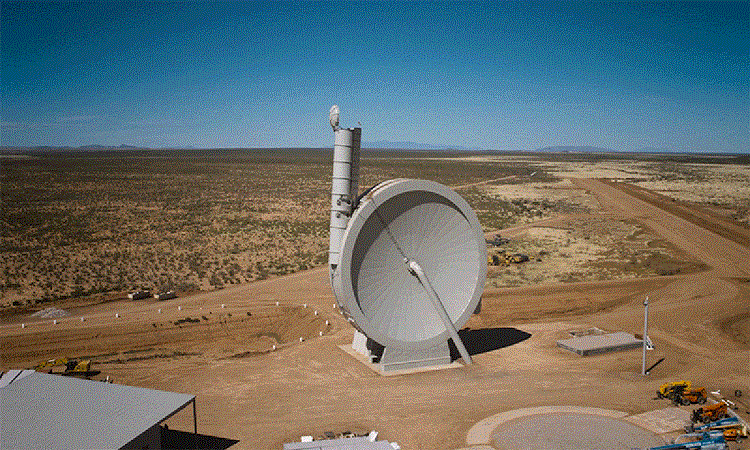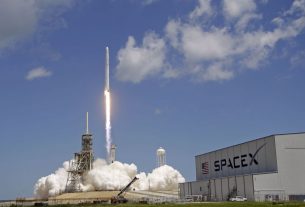The Green Launch company proposes to deliver payloads into space by means of a huge gas cannon. If it becomes more popular, this type of approach could save fuel, and therefore considerably reduce the price of launches.
Cannon launch satellites
Launching a rocket is often very expensive and pollutes. Also, many companies are struggling to try to reduce these costs, both financial and environmental. For example, SpaceX has turned for several years to the reuse of its boosters, now considering the operation of fully reusable vessels (Starship).
The company thus proposes to rely on a massive electric centrifuge capable of accelerating payloads to more than 8000 km/h before projecting them into the stratosphere.
Another company, Green Launch, proposes sending payloads into space using a huge gas cannon. The chief operating officer of this company, like its scientific director, Dr. John W. Hunter, are best known for having led the government’s SHARP (Super High Altitude Research Project) program in the 1980s. Again, this consisted of Use gas cannon as space cannon to launch satellites into space.
In detail, imagine a long tube filled with hydrogen, helium and oxygen mixed, at the end of which is placed a charge. When this gas cannon is fired, the gases expand extremely quickly and the projectile gets a huge “kick in the ass”.
The two videos below (in real speed and in slow motion) show you a test carried out with one of the guns of the SHARP program (122 meters) in 1992. Here, the payload is propelled at an initial speed of Mach 9.
Reach orbit in minutes while reducing launch costs
The record for a projectile launched with a hydrogen propellant is 11.2 km/sec (Mach 32.7). The green Launch company plans to limit the launch speed to 6 km/s (Mach 17.5) to prevent barrel wear.
As is also the case with the SpinLaunch system, the projectile fired by Green Launch should be integrated into a second stage rocket equipped with a motor so that the payload can be placed in the correct orbit once in the space. Low Earth orbits, between 300 and 1,000 km, could indeed be reached in just a few tens of minutes.
Green Launch also estimates that the g-forces involved will peak at around 30,000 G. “Glue a compound onto a golf ball with epoxy and hit it with a 3 wood (a type of golf club). will produce a similar level of acceleration”, notes the company which assures that the electronic parts currently available will be quite capable of cashing.
According to Green Launch, this type of approach will obviously reduce launch costs by a factor of 10, while burning only hydrogen.
Finally on the test side, the company has already built a 16.5m launch gun as a proof of concept. A few months ago, the team also carried out a first vertical shot from Arizona (visible below), reaching an initial speed of Mach 3. During this test, the projectile would have reached the stratosphere. Later this year, the team aims to increase the speed enough to cross the Karman Line, located 100 km above Earth.




